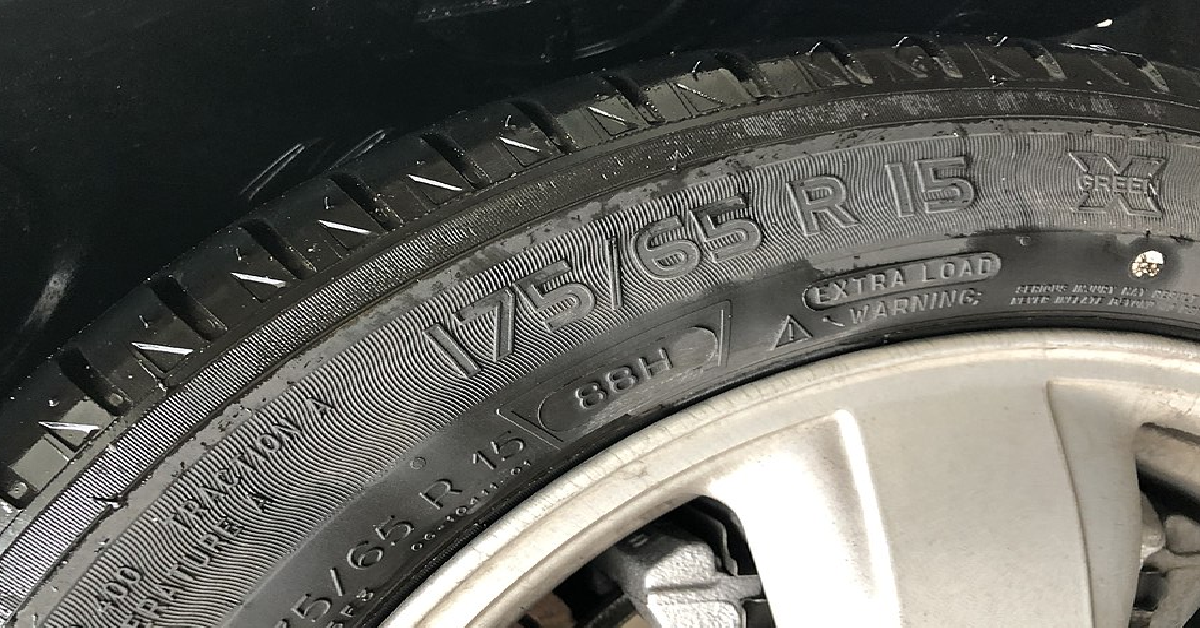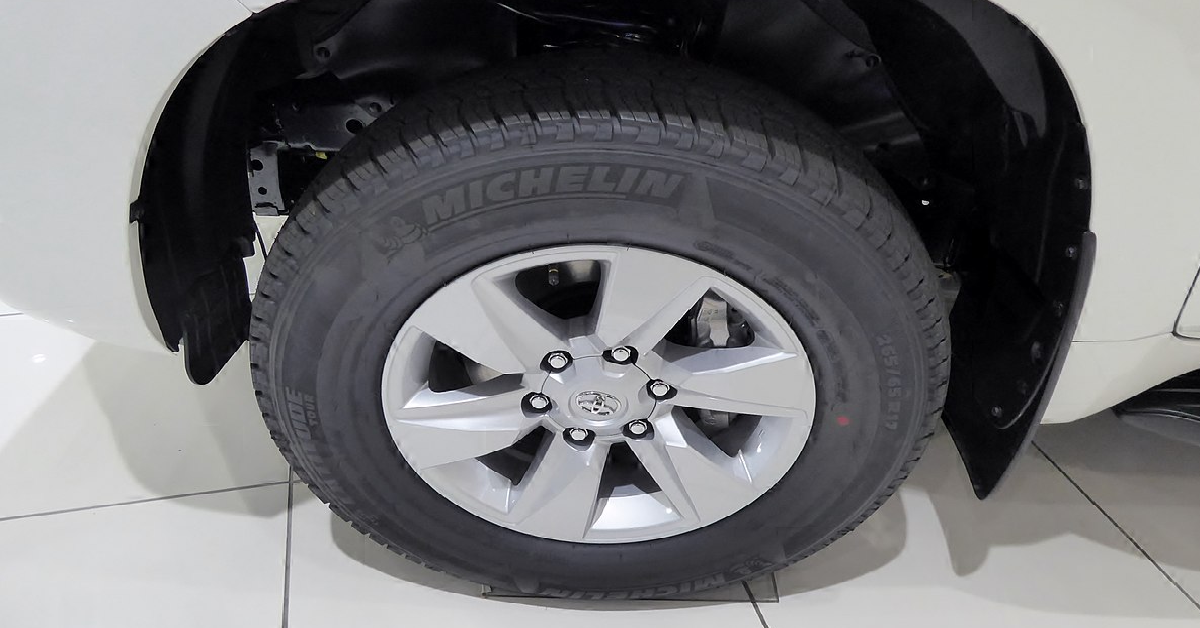How many times do we go outside in the morning, get into our cars, and drive off to work or school drop off without a second thought to our car’s tires? Probably more often than we’re willing to admit.
Our car tires are very important. They need to be well-maintained as they’re what help to navigate us safely around in our day-to-day adventures. Most of us are probably aware that there’s a series of letters and numbers on our tires, but how many of us actually know what those mean? I’m guessing a far fewer number.

So, what are those numbers and letters doing on the tires of our cars? Well, in short, they’re there to indicate a number of different factors about our tires, such as tire size. If you’re thinking, “What does that matter?” Well, it matters a lot.
In fact, putting the wrong tire size on your car can lead to a number of different potential problems. Of course, if you don’t know what your tire size should be, then it is best to visit a tire expert.

Besides size, these numbers can also indicate what type of vehicle the tires are made for. So, if you have a “P” on your tire then it means the tire was built for lighter passenger cars, as opposed to the “LT” that you find on other vehicles like SUVs and light trucks.
The numbers following these letters usually have to do with the tire width, which is measured in millimeters. And following that, there is the measurement of the tire’s height.
Furthermore, your tires also have either an R, B, or D, which indicate radical, belted bias, or diagonal bias construction respectively. Following this, there are measurements to indicate the wheel’s diameter – usually measured in inches.

Then, there is the tire’s load index which is how much weight the tires can support on a vehicle. And lastly, you can’t forget about the S which indicates the tire’s speed rating. The speed rating is related to the absolute max speed your car can drive at before running the risk of damaging the rubber on the tires. Each letter indicates a different speed. For example, an S means 112 miles per hour is what you can drive before causing damage to your tires.
Of course, it is in no way recommended that you actually test out this speed rating. You still need to think about safety – both your own and that of others on the road.
How much did you know about the numbers and letters on your tires? Let us know!















